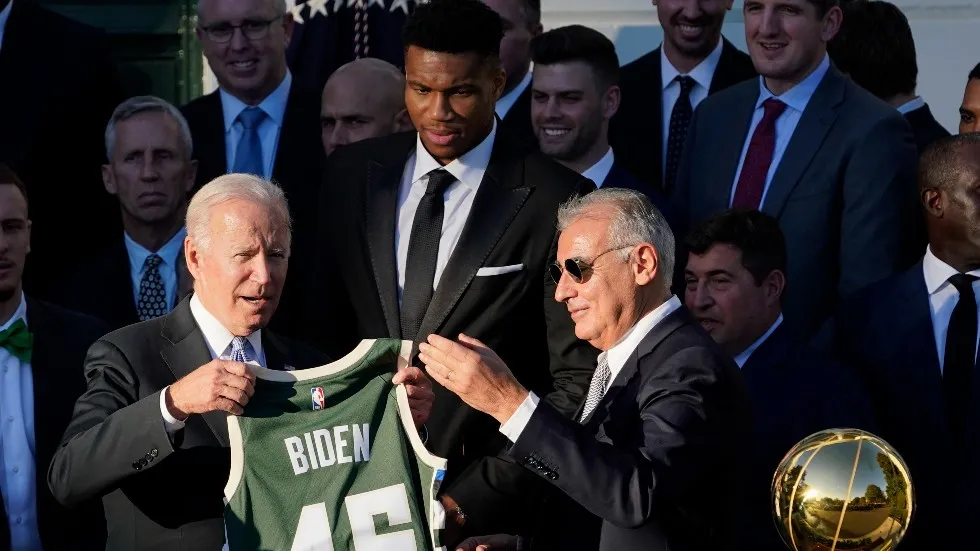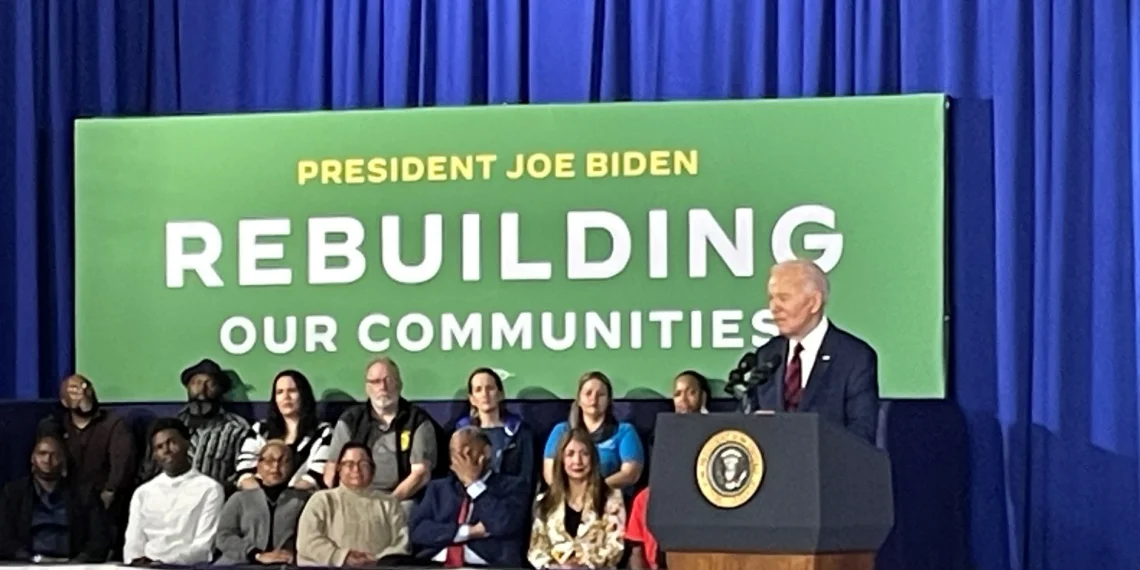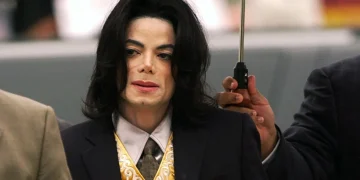In his first public appearance following his near-confirmation as the Democratic presidential nominee, President Joe Biden addressed supporters at a Boys & Girls Club in Milwaukee, advocating for substantial infrastructure investments in historically underserved communities.
The visit to Wisconsin’s largest city occurred after Biden’s assertive State of the Union speech, where he indirectly criticized former President Trump while outlining his vision for a second term.
Biden highlighted the allocation of approximately $36 million in federal grant funds to revitalize a section of 6th Street in Milwaukee, adjacent to the Pieper-Hillside Boys & Girls Club venue.

The project aims to rejuvenate the predominantly Black community, which suffered displacement and division due to highway construction in the 1960s.
Through initiatives like dedicated infrastructure for pedestrians, cyclists, and public transit, as well as green spaces, the endeavor seeks to rectify historical injustices and foster inclusive development.
The president emphasized the significance of acknowledging past injustices, aiming to forge a brighter future. He announced a $3.3 billion investment in 142 similar projects nationwide, aligning with his administration’s Justice40 initiative, which directs 40% of climate and infrastructure funds to marginalized communities.

Notable Wisconsin Democrats, including Governor Tony Evers and Milwaukee Mayor Cavalier Johnson, joined Biden to show support. The event underscored Biden’s commitment to Wisconsin, a pivotal state where he narrowly won in 2020 and hopes to secure victory again in 2024.
Despite recent polling showing mixed results against Trump, Biden’s re-election campaign identifies Milwaukee as a crucial base, continuing his frequent visits to the state.
Milwaukee’s selection as the base for Biden’s 2024 campaign reflects its importance in both Democratic and Republican conventions. As Biden concludes his Wisconsin visit, he is expected to continue his campaign trail in Saginaw, Michigan, highlighting the strategic significance of the Midwest in the upcoming election.





